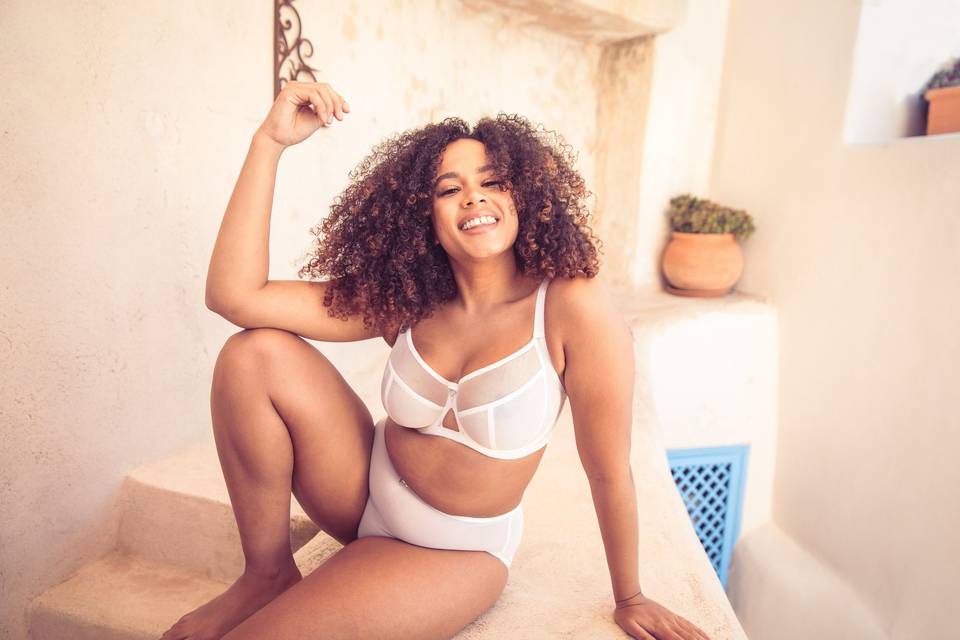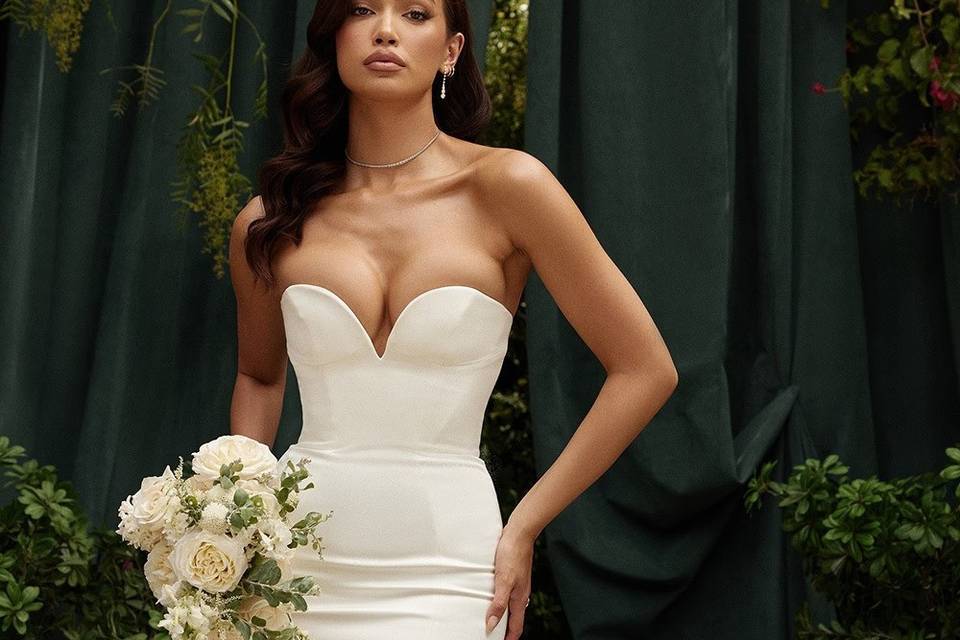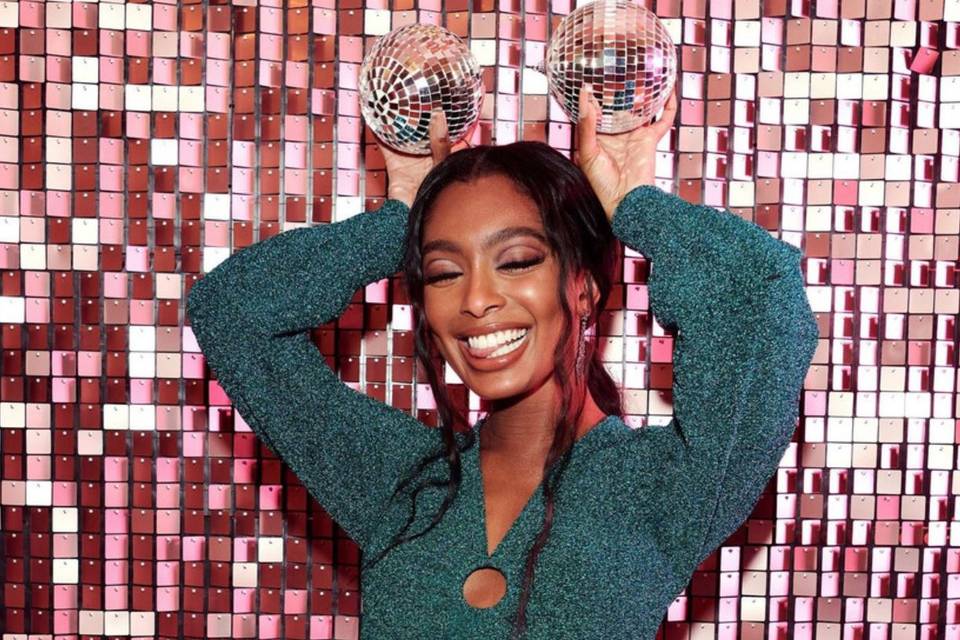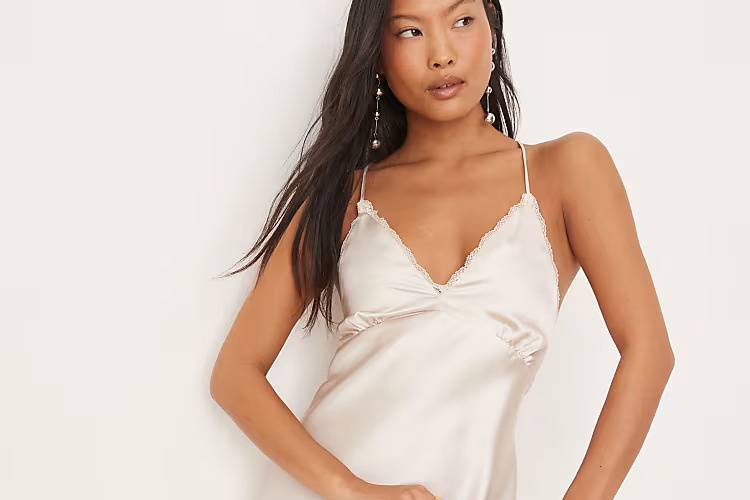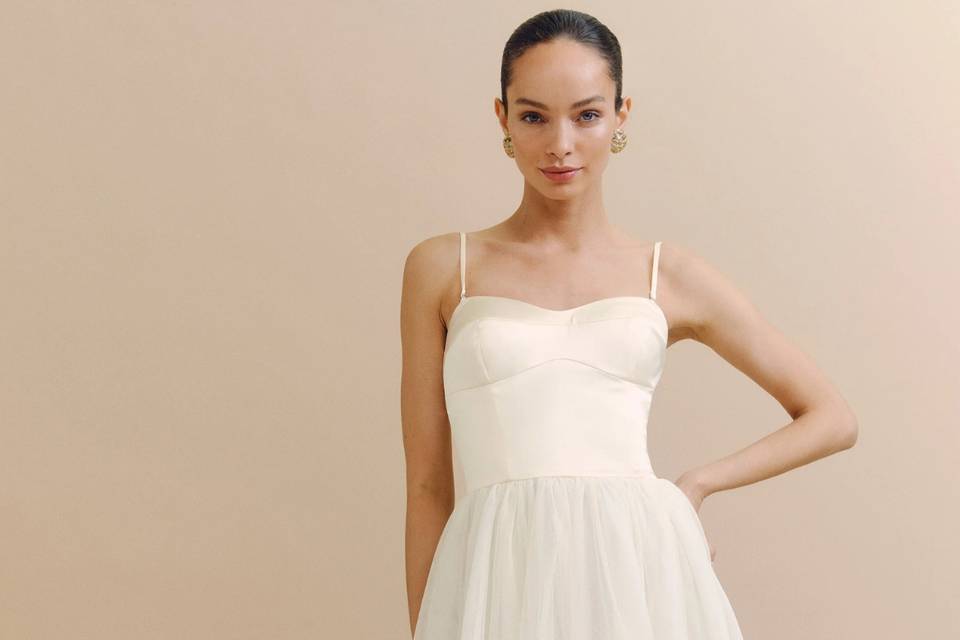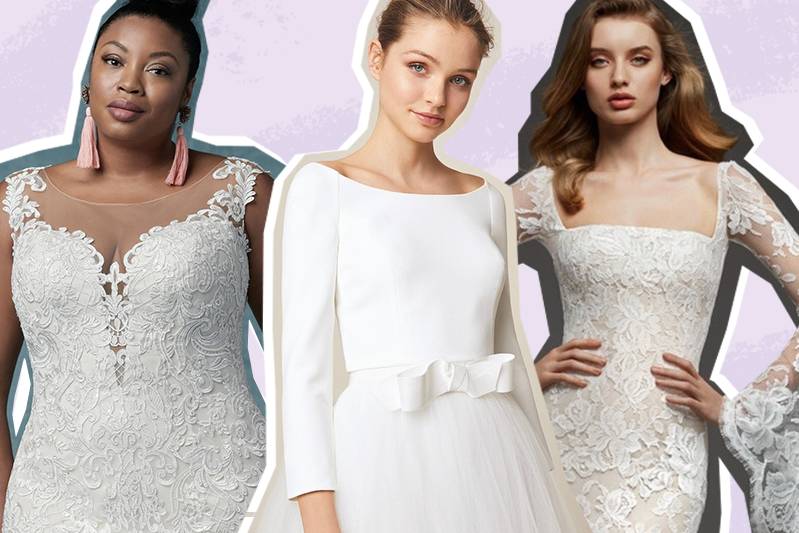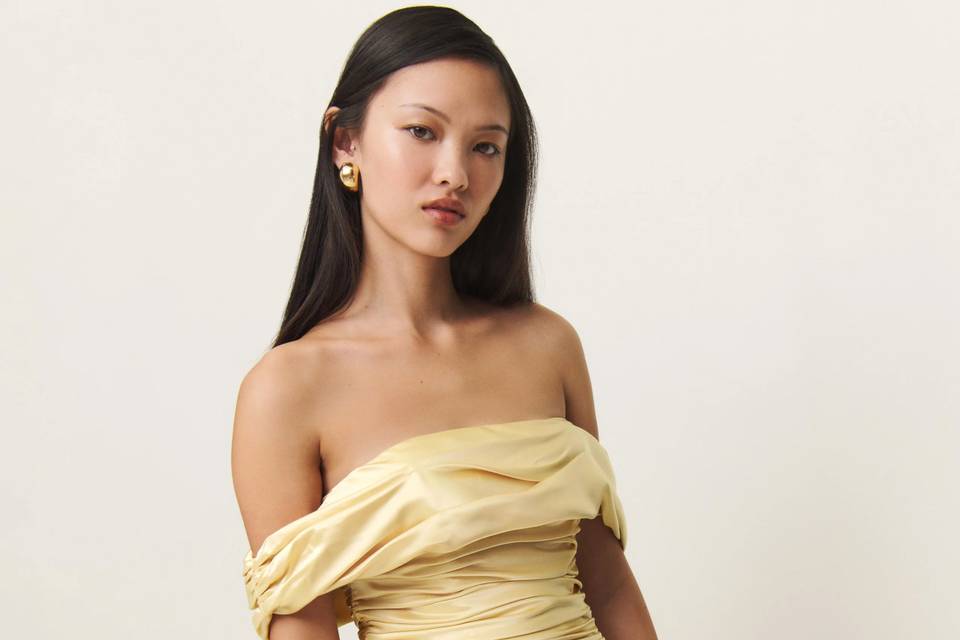Everything You Need to Know about Buying a Diamond
Discover the dos and don’ts of buying a diamond according to the experts, plus the cut to choose for maximum sparkle
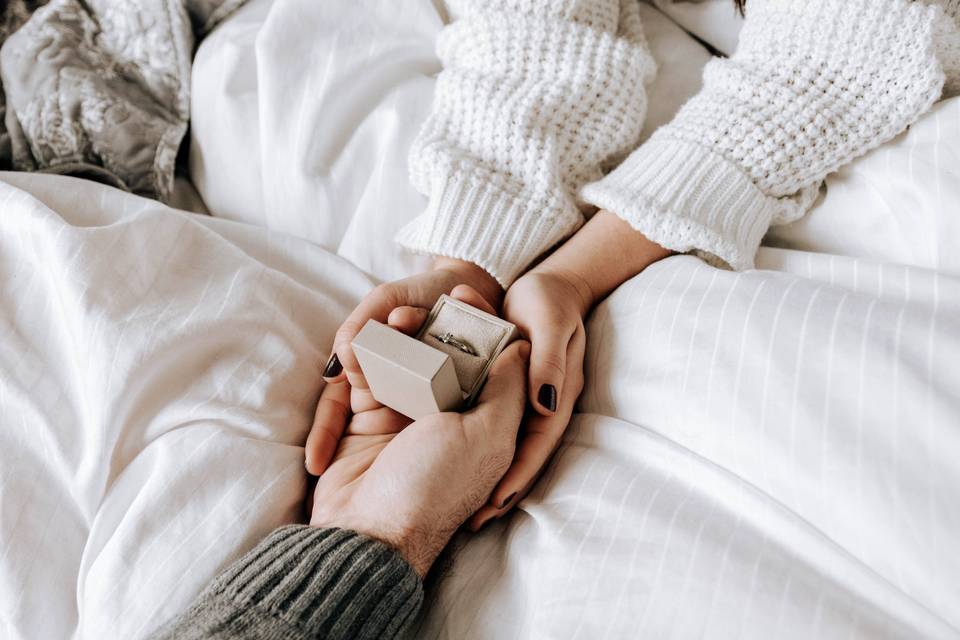

Buying a diamond isn’t your average shopping trip. The most precious gem on the planet, natural diamonds are anywhere between one and 3.5 billion years old and are the hardest natural material on earth. Whether it’s this everlasting quality, their scintillating visual appeal or the fact that they’ve been symbolic of betrothal since the 1400s, diamonds feature in an estimated 70% of engagement ring designs in the US according to a De Beers report. The paper highlights that diamond engagement rings are increasingly sought after in China and Japan too, while diamond jewellery is a particularly popular wedding anniversary present in China.
If you’re seeking out a diamond for a bespoke engagement ring or spectacular anniversary gift, it quite literally pays to swot up on the diamond buying process. From what to prioritise when buying a diamond to identifying when a diamond might not be the real deal, heed the following expert advice before investing in a sparkler. Diamonds are forever, after all, so you want to buy the very best.
READ MORE:
- How to Clean a Diamond Ring at Home
- How to Buy an Engagement Ring: The Ultimate Guide
- The Best Vintage Wedding Jewellery
What Should I Look for When Buying a Diamond?
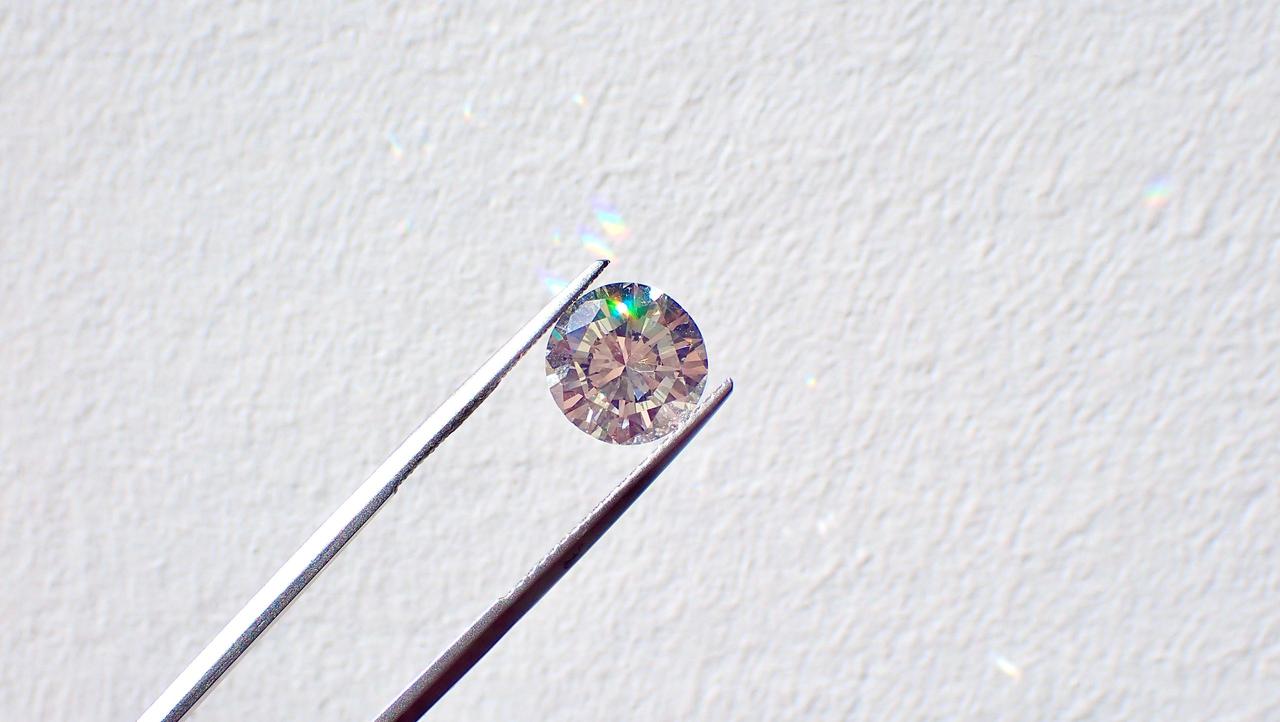
“When buying a diamond, the ‘four Cs’ are some of the main criteria to consider”, says award-winning jewellery design and diamond specialist Rachel Boston. “They will help you to understand the quality of the diamond that you’re purchasing, and are the key factors that determine the value and price of a diamond.” Study Rachel’s cheat sheet below for all of the ‘four C’ details.
The Four Cs
Diamond Colour
“Classic white diamonds are prized for their absence of colour. The less visible colour in the stone, the more valuable it is. D is the highest colour grade, for a completely colourless stone, but anything between E-G, or even H or I for warmer metals (such as yellow gold), will make for a beautiful piece of jewellery once set.”
Diamond Clarity
“A clarity assessment measures the inclusions within a diamond. Inclusions are natural ‘growth marks’ that occur during the diamond’s formation. Again, an absence of inclusions is highly prized in a white diamond. The clarity grades run from ‘flawless’ to ‘included’. We often use VVS or VS diamonds, as the inclusions that prompt these grades are only visible under x10 magnification: the diamond will be completely eye-clean in the vast majority of cases”. An eye-clean diamond is one that looks perfect to the naked eye – you’d need a microscope to see any imperfections. In addition, VVS stands for ‘very very small’ and VS ‘very small’. Both of these acronyms refer to the inclusions present within the diamond.
Diamond Cut
“The cut of a diamond doesn’t refer to the diamond’s shape, but to the quality of the diamond cutter’s craftsmanship, taking into consideration the proportions and arrangement of the diamond’s facets. This determines the brilliance, sparkle and fire in a diamond.” Wondering what makes a diamond fiery? A diamond’s fire is the prismatic rainbow effect produced when light enters the diamond and disperses off of its facets. The more fire that a diamond has, the more valuable it is.
Diamond Carat
“Most of us are familiar with the term ‘carat’ – this refers to your diamond’s weight. A key thing to note is that carat is a weight measurement, rather than a volumetric measurement: two stones of equal carat weight will not always look alike! We always recommend taking into account the diamond’s measurements themselves when you are purchasing a stone, rather than carat weight alone.”
A carat weighs a fifth of a gram and while diamonds can be cut to any carat, weights tend to be standardised (for example, 0.25 carat, 0.5 carat, 1 carat). Incidentally, if you’re buying a diamond ring with multiple stones rather than loose diamonds, the carat weight of the ring will take into account all of the diamonds on the band.
READ MORE: Halo Engagement Rings: Our Favourite Dazzling Designs
How to Choose a Diamond
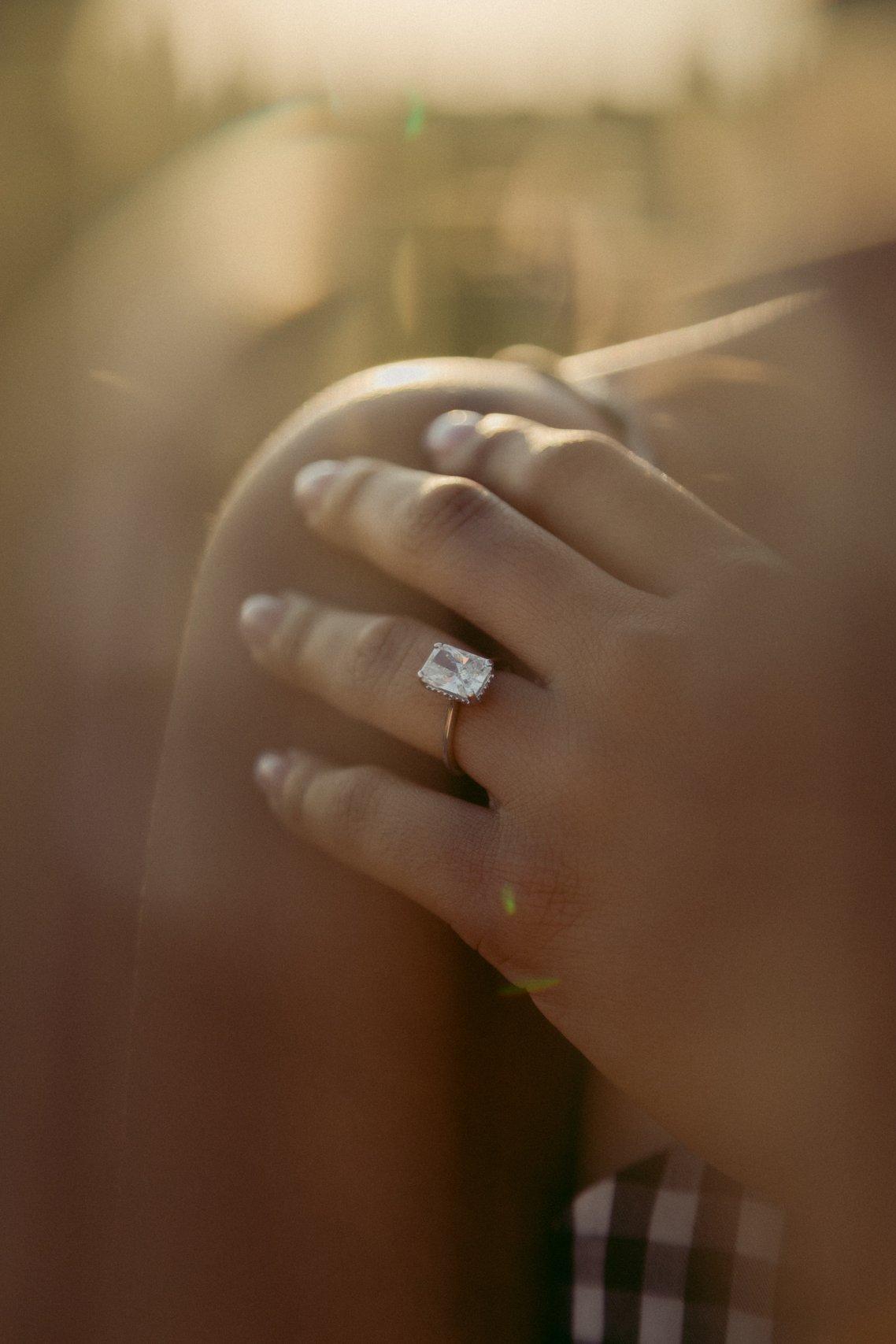
Not all of the ‘four cs’ need to align when buying a diamond. “Do some research to understand diamond quality and then assess whether size or quality is a higher priority within your given budget”, advises jewellery and expert diamond sourcer Emma Clarkson Webb.
“What’s great about buying a diamond and going bespoke is that you get to define your budget, and then play with the different characteristics of the four Cs to figure out where you can make compromises to achieve the look that you want within that price point”, explains Emma. “For instance, the decision between diamond quality versus size may not be solidified until you see the diamonds in person, but you will get a sense of what direction you lean towards while doing your research.” Whether it’s via a diamond based Pinterest board or simply bookmarked ideas, you’ll likely notice a pattern emerging in terms of your ‘four cs’ priorities.
Where Should I Buy a Diamond and How Can I Tell What I’m Buying?

Don’t be tempted by flashy deals or seductive sales talk – doing your due diligence as to a diamond’s origins and quality is essential. “Know the source of your diamond”, urges Rachel. “This seems like an obvious consideration but if you are buying a loose diamond without going via a jeweller, make sure you are buying your stone from a reputable dealer.”
“Always check that the person you are purchasing from works in compliance with the Kimberley Process, to ensure that you are purchasing an ethically mined diamond.” Your diamond should also come with accreditation, so check the paperwork before you part with your money. “Make sure you are buying a certified diamond. We personally recommend GIA-certified diamonds (Gemological Institute of America)”, says Rachel. “Some other laboratories can inflate their grading, leaving you with a lower quality stone than expected.”
From there, ask to assess the diamond in natural light rather than artificial store lighting (this can make diamonds appear more dazzling than they might be in true daylight). Request to see a wide range of diamonds within your budget and ask the jeweller or seller in detail about the differences between different diamond options – they should be able to explain them to you clearly and show you relevant documentation for each stone. When identifying the best seller, seek out recommendations and referrals, check where a jeweller has trained and familiarise yourself with their past work or sales, where possible.
READ MORE: Bridal Jewellery: 29 of the Best Pieces for Every Budget
Found ‘the one’? Rachel sets out your next moves. “Get your diamond appraised, insured, and keep your paperwork (for example, GIA certificates) in a safe place, as these tend to be expensive to reissue.”
Which Diamond Cut Has the Most Sparkle?
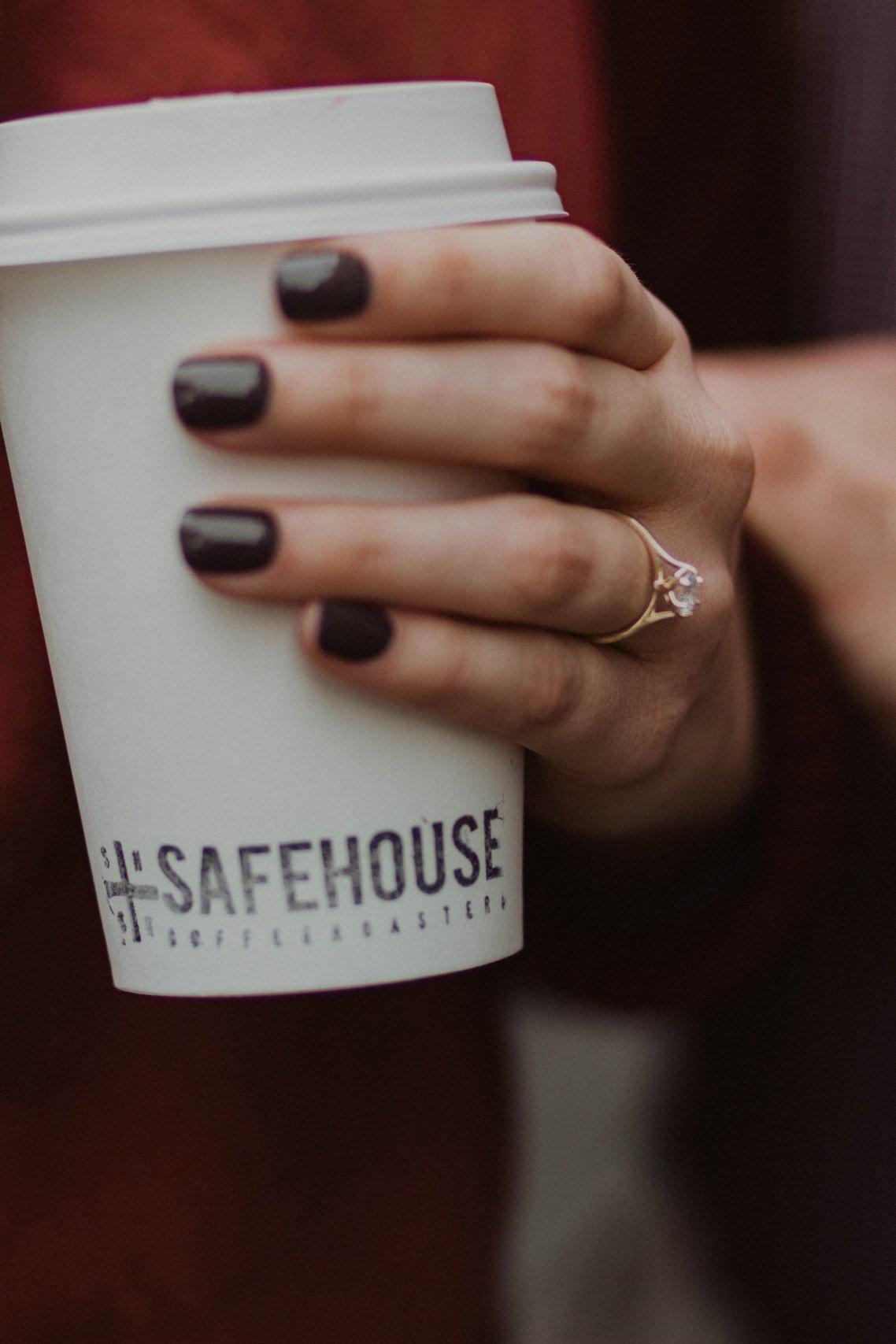
Everything from “a diamond’s proportions, arrangement and alignment of facets, plus quality of the polish, determine how the facets interact with light within the stone”, emphasises Emma.
As the name indicates, a round cut brilliant diamond normally gives off the most sparkle, and more than 60% of couples choose this cut for the central stone in an engagement ring according to the GIA.

A pyramid-shaped princess cut diamond is also popular thanks to its inherent radiance, while an art-deco style emerald cut has a flat top and is the ideal shape to show off an especially clear diamond. Oval cut diamonds can appear larger than round cut diamonds, making them the perfect choice for a stunning solitaire engagement ring, and pear cut diamonds offer the same elongated elegance, with a ‘teardrop’ shape that’s perfectly suited to non-traditionalists (even though this cut has been popular since the 1400s).
If interesting shapes and angles catch your eye, a marquise cut diamond is pointed at both ends while a heart shaped diamond does exactly what it says on the tin – diamond cuts don’t come more romantic. Cushion cut diamonds feature a square, flat top with curved corners – see Meghan Markle’s engagement ring for inspo.
READ MORE: 29 Unique Engagement Rings for Alternative Brides
Rarer radiant cut diamonds quite literally came to light in the 1970s. They have an emerald-like shape but rival round cut diamonds for spangle thanks to their 70 facets. Asscher cut diamonds are even more rare. The square or octagonal shaped diamond features stepped sides and has antique appeal. It was a hallmark shape of the art-deco period and a favourite of Elizabeth Taylor (then again, she did receive a fair few engagement rings in her time so likely collected the set in terms of diamond cuts).
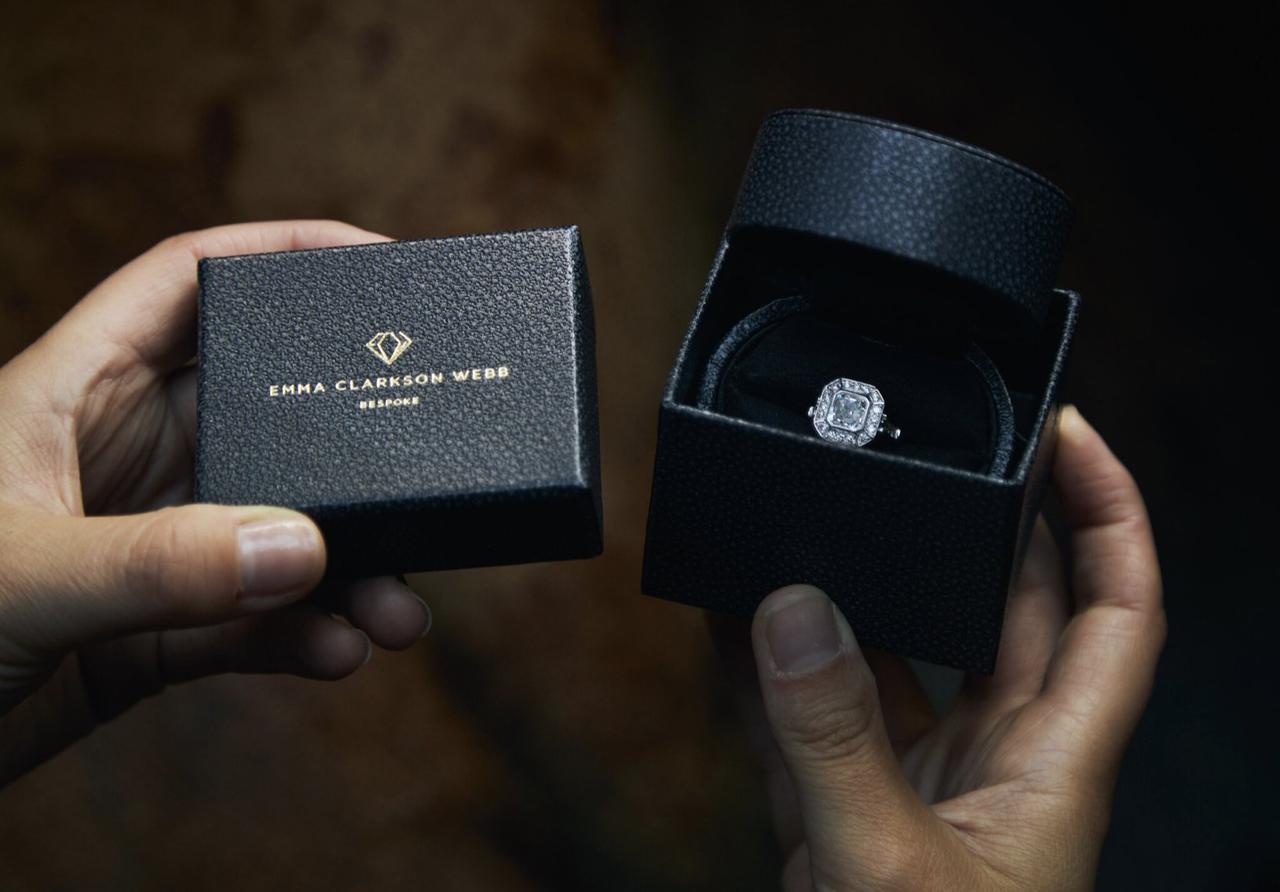
Baguette cut diamonds are so-called owing to their slim cut; each diamond looks like a baton. Baguette cut diamonds often act as shoulders to more dramatic diamond cuts that take centre stage on an engagement ring. Triangular trilliant cut diamonds also tend to be sidekicks to a central gem, although they’re less sought-after than baguettes.
How Much Should I Spend on a Diamond?
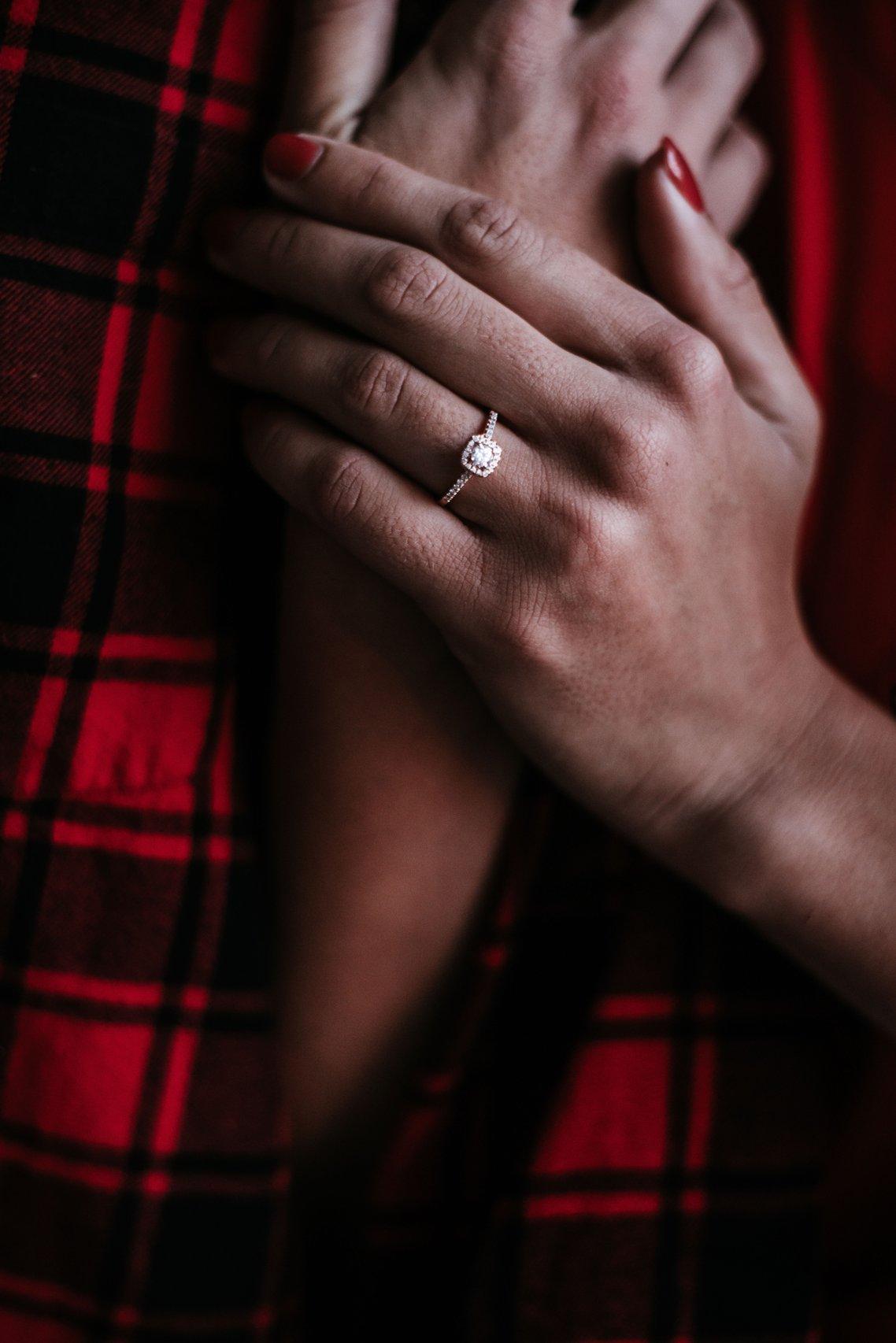
On establishing your budget, bear in mind that the higher the carat of a diamond, the higher its value will be. As above, carat isn’t the only factor to consider when buying a diamond, so weigh up your options and consider how your diamond of choice might be set in jewellery before taking the plunge.
A radiant or round cut brilliant diamond is typically the most expensive option. Choosing a pavé setting, however, where the band is encrusted with small diamonds either all around or to a halfway point (as in a traditional eternity ring), can amplify the sparkle of a central diamond, meaning that you needn’t invest in the most pricey gem to achieve a glitzy finish. Experienced expert jewellers will work within your budget to achieve your desired finish, so be open with your maximum spend from the get-go and bear in mind that if a diamond deal seems too good to be true, it likely is.
READ MORE: How Much Should You Spend on an Engagement Ring?
Lab-grown diamonds are increasingly the gem of choice for eco-conscious couples and tend to come in around 30% cheaper than mined diamonds. Read our guide to lab-grown diamonds and shop with a synthetic diamond specialist (try Kimai) or ask your jeweller if they work with man made diamonds – many contemporary jewellers in particular are making the switch.
What is the Rarest Kind of Diamond?

Perfectly flawless, clear white diamonds are rare, while richly hued coloured diamonds are also highly prized – red diamonds are considered to be the rarest form of diamond. As they’re so uncommon, red diamonds tend only to be available in low carat weights and it’s estimated that there are only around 30 in the world.
If you love the romance of a red diamond but can’t quite extend your budget to suit (ahem), a ruby engagement ring will fit the bill. Discover our edit of the best coloured engagement rings for a selection of vivid rocks that’ll knock your partner’s socks off.

